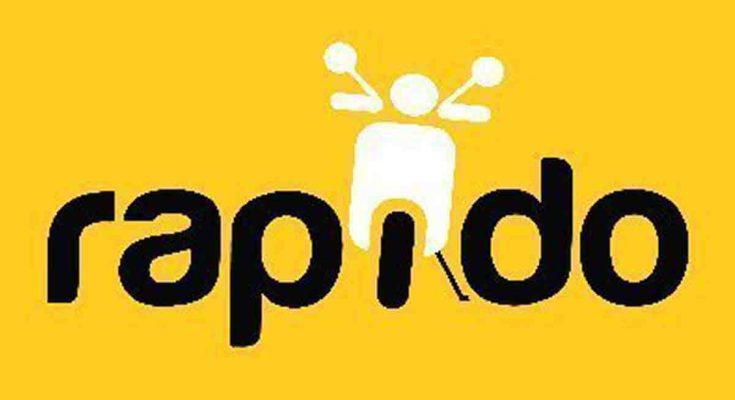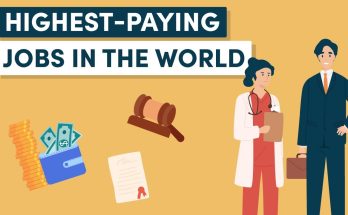If you want to be a billion dollars company then this article is for you because the story that I am about to tell you today is the story of one of the smartest startups in the country the story that I am going to tell you today is the story of a small company called Rapido that managed to break into the powerful duopoly market of ola and uber and while it dozen bike taxi company emerged and perished while even ola and uber backed on after failing in this segment rapido today stands as a dominating force in the exact same segment this segment that I’m talking about is the bike taxi segment and today rapido is doing so well that they do 4 like rides a day have over 60 000 active riders and have an app download from 25 million customers the question is how did rapido manage to break into the big league of ola and uber while all other bike taxi companies failed what was the strategy that enabled them to crack this nonexistent market of india.
Story Behind The Begining Of Rapido
This is a story that days back in 2015 during this time Ola and Uber had already established themselves the Jio waved had already arrived and every other company was jumping into the cab market of India this is when the Rapido founder identified three important gaps in the market the first gap that they found was the lack of a ride-sharing service at the low tickets segment so while ola and uber were great for cab services the normal cost of the ride ranges between 200 to 400 rupees and the only ride-sharing service below this range were rickshaws and if you look at the per capita income of India it is just 91 481 rupees year which is around 7600 rupes for a month. So obviously minuscule minority of the Indian population could offer cabs ride at 200 to 400 rupees in fact even the pandemic broke out if you look at the growth of ola and uber in India the growth actually slowed down drastically to just 4.5 percent and the rides per day peaked at 3.65 million rides this clearly states that there was and still is a huge demand for 200 and below ticket size segment the second gap that they identified wa the huge market of two wheelers in in India which were very very underutilized according to the insights from an early investor at rapido there are 220 million bike owners in India and 20 per cent of them are either unemployed part time workers or students and the average bike utilization in the day is just about 18 percent more importantly the rear seats of 80 percent of the bikes on roads are vaccant and the lastly the public transportation in India is very slow and does not cover the most important locations as extensively or frequently as needed add that up with the misely of traffic whether that is ola uber bushes or rickshaws you will ned up wating a lot of your time and sometimes even hous but when it comes to two wheelers we all know how we are experts in using our two wheelers to navigate throught both traffic and traffic rules and this is where ladies and gentlemen rapido came in.
Genious Business Strategy Of Rapido
The bussiness strategy of these types of companies is quite simple and straight forward the first phase that these companies roll out is the cash drain phase wherein a company expent ton of money to acquire the stakeholders for both demand and supply in case of ola they give us the customers insane discounts and ultra cheap rides to download the app and on the other side the drivers were given very very lucrative incentive because of which both the customers and drivers wre super happy so in this ways we got cheap rides at doorstep and the drivers made 50 to 60 000 rupees per month driving ola cabs and then in the second and the third phase while the incentives of the cab drivers went down the cost of the customers started increasing but in this process these companies incurred hundreds of crores of losses every single quarter and this is where the biggest problem in this model comes in where by the drivers fully commit to ola during the cash drain phase they take up a loan for buying new vehicles and for the next five years they are tied with the vehicle and ola for their primary source of income and it is quite understandable because if you are a blue collar workers who making 20 000 rupees a month when you see your driver friends make 60 to 80 000 rupees a month it is big enough an incentive to motivate you to leave your job and become an ola driver.
Problems With Ola & Uber
The catch over here is that with time these incentives started feeding away but the drivers liabilities of the car which are loans and maintenance those stayed so while an ola driver’s revenue steadily dropped from 80 000 to 70 000 to 60 000 they still had to pay 15 000 rupees installment for the car loans they still have to incure the rto passing cost which costs around 40 000 rupees a year and then they have to pay around 6000 rupees for bi-montly maintenance and eventually they end making only 30 to 35 000 rupees in profit per month and this brought three major problem to the market first of all when you give extremely lucrative intensive a lot of drivers jump on roads so the amount of cash drain automatically goes up, secondly with the inflation and rising expenses the expectation of the drivers is that their incomes will keep on increasing with time but with both ola and uber it has been decreasing with time and soon enought they started to feel the pinch thirdly if something like pandemic happens suddenly the livelyhood of all these drivers is at stake but this is where rapido very conveniently sailed over these pains and avoided these problems altogether why because they did not drain their cash into convincing the peoplw to buy a bike and become a full time driver at all time.
YOU MAY ALSO LIKE TO READ – Top 10 Most Expensive Smartphones In The World



